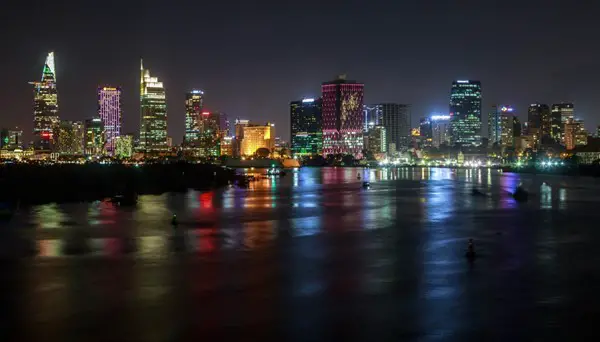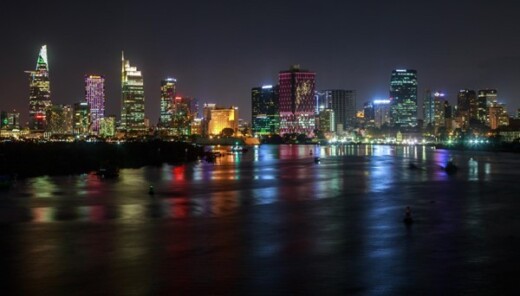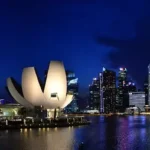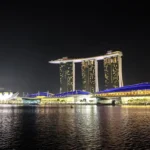Strategies for effective public place design guide, Modern urban planning for professionals, Pedestrian accessibility
Strategies for Effective Public Place Design
27 June 2023
With the growth of urban populations, creating vibrant public spaces in cities is a crucial aspect of modern urban planning and design. The right mix of aesthetic, functional, and sustainable elements can turn otherwise neglected areas into lively gathering spots that promote social interaction and improve the overall quality of urban life. Here, we’ll explore a few key strategies for revitalizing urban spaces and fostering community engagement.
Prioritize Pedestrian Accessibility
A focus on pedestrian accessibility fosters an environment where residents can easily engage with their surroundings and each other. This includes wide and well-maintained sidewalks, safe street crossings, and inviting walking routes that connect key destinations. Additionally, incorporating elements like street furniture, greenery, and public art can make these spaces more attractive and inviting for foot traffic.
Offering a mix of uses and activities is essential to creating dynamic public places. By incorporating different elements like play areas, seating spots, green spaces, and cultural amenities, public spaces can better accommodate the needs of diverse communities. Multi-functional designs not only cater to people of all ages, but they also foster vibrant encounters between neighbors and encourage the spontaneity of urban life.
- Plazas and parks can include seating options, playgrounds, and open spaces for recreation and relaxation.
- Streets and sidewalks can host street vendors, pop-up markets, and spaces for outdoor dining.
- Public buildings like libraries and community centers can offer indoor resources and gathering spaces.
Another way to increase the functionality and usability of public spaces is through the addition of kiosks. These structures can serve various purposes, from offering information about local attractions to providing wifi access or even charging stations for electronic devices. When considering this option, it is important to research how much does a kiosk cost and weigh the value of its addition against the investment required.
Sustainability and Transportation
Incorporating green spaces and eco-friendly elements into urban design is not only pleasant to look at but also vital for long-term sustainability. Greenery like trees, gardens, and vertical plants can beautify public spaces and contribute to cleaner air, improved mental health, and increased biodiversity. Additionally, incorporating water management systems such as permeable pavements and rain gardens can help mitigate flooding and clean urban runoff.
Public spaces should be designed to welcome and encourage various forms of active transportation, including walking, biking, and the use of public transit. Complete streets, shared-use paths, and bike lanes help reduce dependence on cars, promote healthier lifestyles, and contribute to a sense of community connectedness. Designing transit hubs that combine public space amenities with easy access to buses and trains can further encourage the use of sustainable transportation options.
The Importance of Community
Successful public spaces are the result of meaningful collaboration between designers, planners, and local residents. By engaging community members in the planning and decision-making processes, urban designs can better accommodate specific needs and create a genuine sense of ownership. Programs like participatory budgeting, public workshops, and community-led design competitions allow residents to voice their opinions and contribute to shaping the spaces they inhabit.
Fostering social inclusivity is another vital component in the revitalization of urban spaces. Ensuring that public spaces cater to all members of society, including those with disabilities, different ethnic backgrounds, and varying age groups, is crucial in promoting accessibility and equality within the urban fabric. Thoughtful design and planning can create spaces where everyone feels welcome and has an equal opportunity to participate in community life.
Preservation and Growth
Another important aspect of revitalizing urban space is incorporating the architectural and historical preservation of the area. By preserving and restoring heritage buildings and structures, cities can maintain their unique character while simultaneously promoting local culture and history. This strategy can contribute to the sense of place and foster pride in the community, attracting both residents and tourists alike.
Revitalization efforts should also consider utilizing spaces for local economic development. Encouraging local and independent businesses, such as shops, cafes, and galleries, can bring economic growth and add a unique flair to public spaces. These businesses often provide more character and authenticity, promoting a distinct sense of locality and directly contributing to the local economy.
Revitalizing urban space and fostering community engagement through effective public place design is an ongoing process that requires continuous adaptation and improvement. By focusing on accessibility, versatility, community input, historical preservation, and local economic development, cities can create thriving public spaces that improve the quality of life for all residents and contribute to a more sustainable and socially engaged urban future.
Comments on this guide to Strategies for effective public place design article are welcome.
Architecture
Shandon homes, Edinburgh Slateford Road
Mass Timber Centre of Excellence
Comments / photos for the Strategies for effective public place design page welcome





